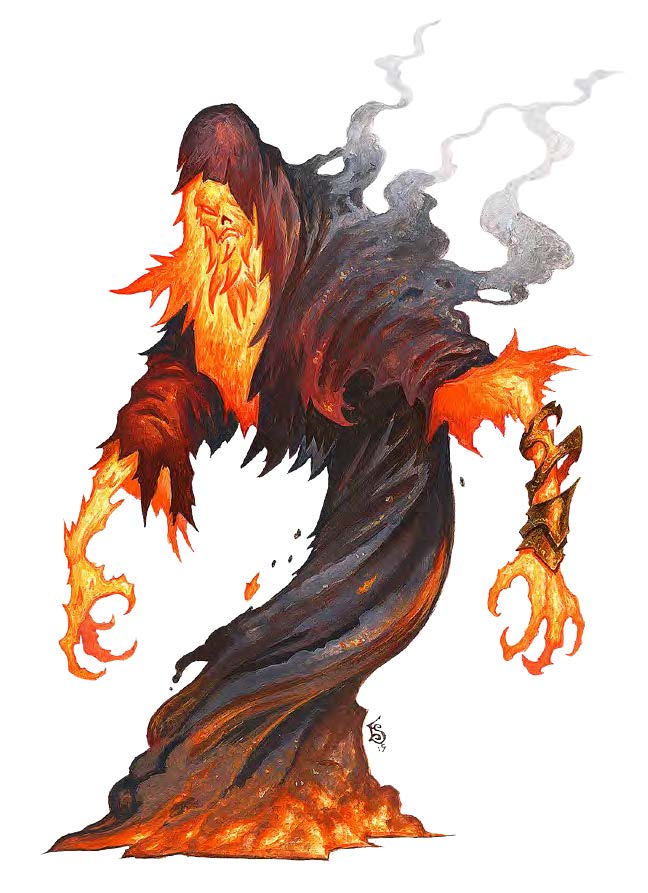
As they say, “Location, location, location!”
Location plays a large part of any trap. Ever since coyote painted a big red X for the roadrunner to stand on, making sure that your target was in the right place to suffer the full effects of your trap is something ingrained into your and your players’ brains. Getting your players to actually stay in that spot can be a lot more difficult though. As much as it’s an MMO trope, no one wants to stand in the fire.
So instead, what if we look at traps that move the victim instead of trying to keep them in the same place. It’s a lot harder to predict where you don’t want to be if the danger itself, or the victim, are on the move. There is also something inherently more exciting—and often more comedic once you add in a few falls—about motion. The traps in this installment take advantage of motion to confuse characters, foil plans, or simply add some extra old-fashioned damage.
What Goes Up
Simple trap (level 5–10, dangerous threat)
Stepping on a trapdoor dumps the victim into a spike-lined pit, only for them to disappear. All that remains is some of their blood and an obvious lever at the bottom of the pit. The real fun comes when the rest of the party tries to help their missing comrade.
Trigger. The trap is activated when a weight greater than 5 pounds steps on the 10-by-10-foot trapdoor disguised as the rest of the floor.
Initial Effect. The victim, or victims if two creatures are walking side by side, must succeed on a DC 15 Dexterity saving throw or fall into the 20-foot-deep pit. Creatures that fall take 7 (2d6) bludgeoning damage and 14 (4d6) piercing damage from the spikes. When they hit the bottom, they must also succeed on a DC 20 Wisdom saving throw or be teleported to a small room hidden in the ceiling above the pit. Entering the 10-by-10-foot room triggers a glyph of warding spell that casts silence within the small room.
Secondary Effect. The walls of the pit can be climbed with a DC 20 Strength (Athletics) check. The teleportation effect no longer functions after the initial triggering of the trap, so those that climb down are unaffected. Searching the pit finds nothing except a lever. Pulling the lever opens the floor of the room above the pit, dumping any creature stuck above into the pit. Creatures in the room fall 30-feet into the pit taking 11 (3d6) bludgeoning damage and 14 (4d6) piercing damage from the spikes. In addition, creatures in the pit must succeed on a DC 15 Dexterity saving throw or be hit by one of their comrades, taking 11 (3d6) bludgeoning damage and 7 (2d6) piercing damage when driving into the spikes.
Countermeasures. Each part of the trap has its own countermeasures:
- Pit. A successful DC 15 Wisdom (Perception) check while searching the floor reveals that an area (the trapdoor) does not fit smoothly with the floor. A successful DC 15 Dexterity (thieves’ tools) check disables the trapdoor. Note that the trapdoor is made of painted wood and can only hold 150 pounds, so heavy characters may break through the trapdoor after disabling it if they are not careful.
- Lever. A successful DC 15 Intelligence (Investigation) check notes that the lever connects to something mechanical, but what that is is not clear. A successful DC 15 Dexterity (thieves’ tools) check disables the lever, so pulling it does nothing.
- Overhead Room. A DC 20 Wisdom (Perception) check while search the ceiling notes that the ceiling, while stone, appears slightly discolored. Pulling the lever or destroying the stone trapdoor drops any creature in the overhead room into the pit unless they take precautions to prevent falling. The floor of the overhead room has AC 17, 30 hit points, and is immune to poison and psychic damage.
Splat and Slide
Simple trap (level 11–16, deadly threat)
A cliff outcropping sits across from a 5-foot-diameter pillar of stone that rises out of a pool of lava 50 feet below. The treasure the characters seek is on the pillar, just a 15-foot jump away. What thieves don’t know is that jumping to the pillar is harder than it looks.
Trigger. Runes inscribed into the doorframe inside the room trigger upon a creature entering the room and cause an unbarred forcecage to be summoned around the treasure so that it extends 2-1/2-feet from each side of the pillar.
Effect. A creature jumping to the pillar collides with the invisible wall of the forcecage, taking 3 (1d6) bludgeoning damage and falling to the lava below, taking 99 (18d10) fire damage per round that they remain in the lava. Climbing out of the lava requires a successful DC 20 Strength (Athletics) check.
Countermeasures. Each part of the trap has its own countermeasures:
- Forcecage. The forcecage can be seen by see invisibility or similar magic. A cautious creature who throws an object notes that it bounces off an invisible wall. A DC 20 Charisma saving throw is required to teleport in or out. A disintegrate spell can remove the forcecage.
- Runes. If the runes can be detected, they can be dispelled as a 7th-level spell.

